People are lobbying for 30% women in Kabinet. How realistic is this?
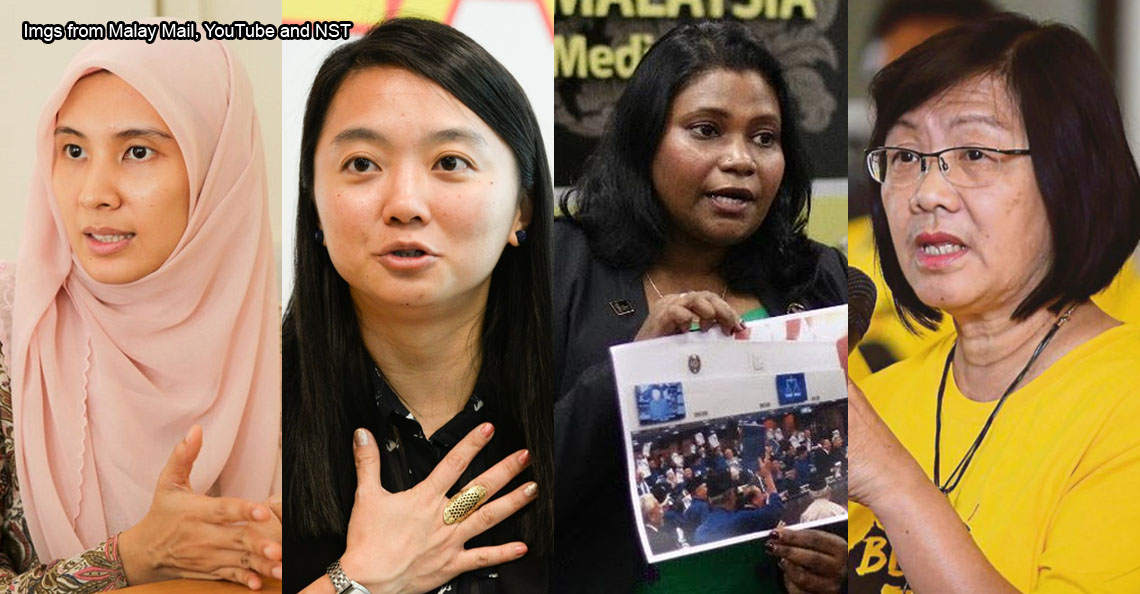
- 748Shares
- Facebook720
- Twitter3
- LinkedIn3
- Email2
- WhatsApp20
The Government has announced the names of 15 Cabinet Ministers to date and more to come after Raya. Click here for the candidates and breakdown of party representation. Looks like all is going well, the Agong has accepted them, they’ve been sworn in….
Tiba-tiba got people protest at the Istana. Women’s rights groups and their supporters gathered peacefully at the palace on 21 May to lobby for minimum 30% representation of women in Cabinet. It’s true, it’s in line with Pakatan Harapan’s janji. Then got some drama between Rafidah Aziz and Marina Mahathir on the subject.
But should we really put women there just to fulfil the 30% quota or choose candidates based on their merit whether they’re men or women? Do we also have qualified women candidates? Cilisos spoke to Majidah Hashim from Sisters in Islam (SIS).
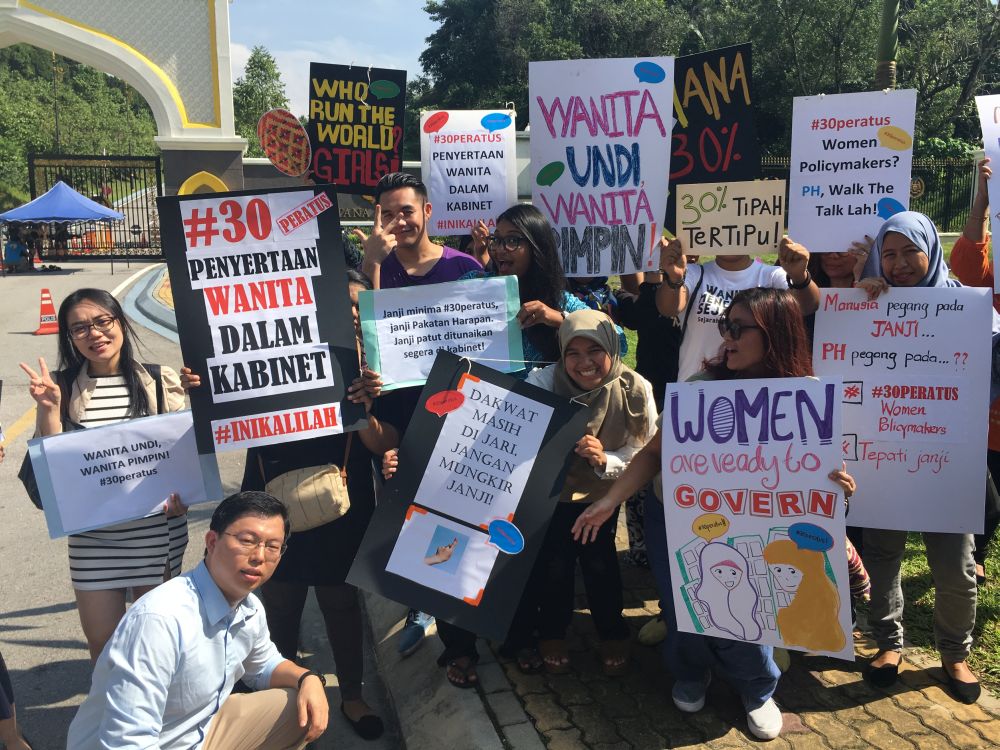
Firstly, why do they think it’s important to have women in Cabinet?

Persatuan Kesedaran Komuniti Selangor (Empower) Executive Director Angela M. Kuga Thas said that 30% was needed because women have very different experiences and perspectives of what development solutions require. Basically, that’s saying, women are better at some things, especially for certain situations like:
“Women are known to have pushed for child-friendly policies, the Domestic Violence Act and the recent Sexual Offences Against Children Act.” – Angela, Exec Director of Empower, The Star
For instance, the time when Azalina Othman lobbied to beef up child sexual crime laws in the country, and Women, Family and Community Development Minister Datuk Seri Rohani Abdul Karim lobbied for the Domestic Violence Act 1994 (DVA) to also protect male victims.
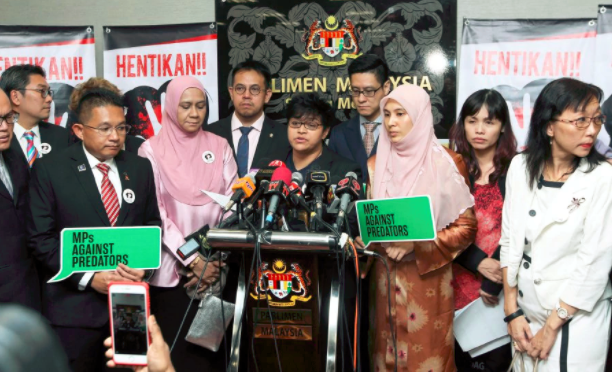
Sisters In Islam (SIS) Executive Director Rozana Isa wondered just how much women’s issues were put front and centre by the Cabinet and at the parliamentary level, coz if not, then there’s the worry women’s rights will fall behind global standards. With the women population at 49.3% in Malaysia now, that is the argument for having greater representation.
“The Cabinet is being created now, so now la kena lobby. This is a promise in Buku Harapan. If we get this right, then we pave the way for things like Sexual Harassment Act, Gender Equality Act and other gender-sensitive policies.” – Majidah told us
However, the Government wants to make sure they carefully consider who is the best person for which post, not just terburu-buru choose Ministers. Wan Azizah asked people for a lil patience and give ’em some time.
“It is supposed to be announced by this week.. but I think it will be next week. It can be 26, 27, 28 or 500…please wait.” – Tun M, on NST
Eh, but whaddabout appointing qualified people, whether they’re men or women?
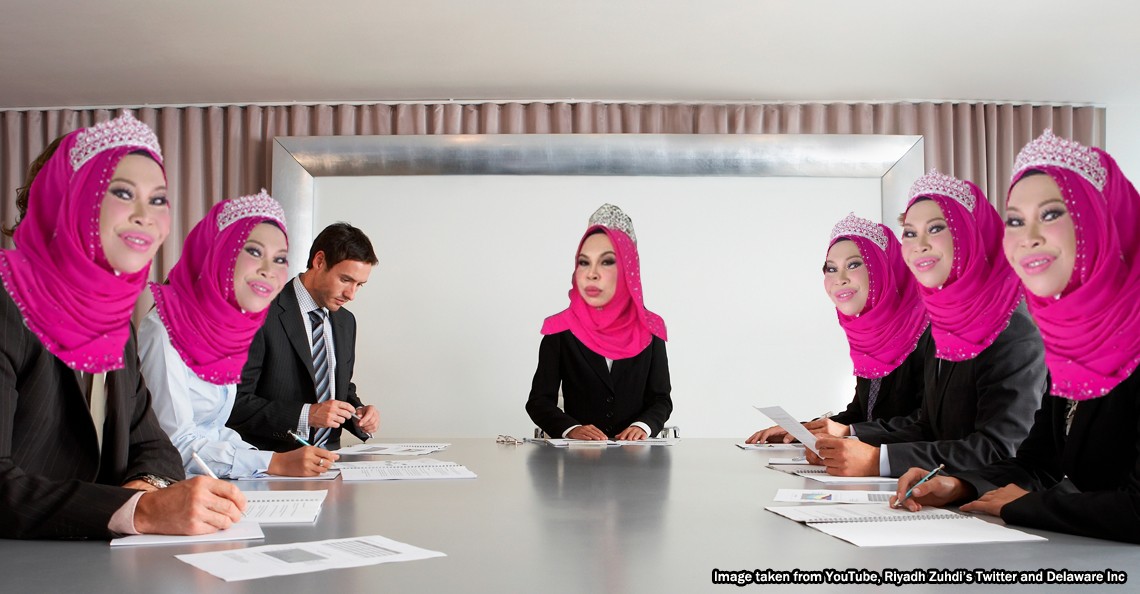
The 30% concept thingy isn’t new and has been introduced under former PM Najib Razak’s administration. Najib said they would name and shame companies that didn’t have at least 30% of women on their Board and we wrote about it. Some people told Cilisos they agreed with it because they believe it will empower women. SIS is one of the organisations who support the 30%. Others disagree because they believe it might lead to tokenism.
Those for:
“It is not about quotas, it is about political representation. The objective is to even out the patriarchal playing field. And it is not forever, when the playing field is even, it will be taken away. Other countries pun buat macam ni jugak and has resulted in great social-economic progress.” – Majidah
–
“We welcome initiatives to improve women’s representation in boards, including naming and shaming companies that don’t have any women board members. Women’s voices must be included in the highest level of decision making.” – Tan Heang-Lee, Communications Officer with Woman’s Aid Organization (WAO)
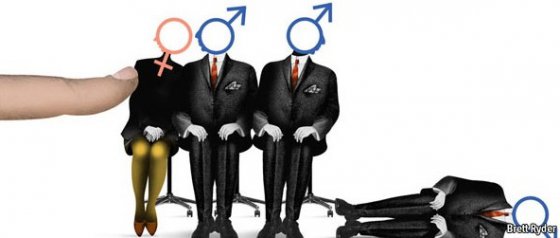
Those against:
“…this would mean that they might appoint a woman just because they’re afraid to get shamed. For me, it suggests that the talents of women are not appreciated, actually. I think such a method will lead to companies having a woman in the boardroom just to not get punished. If we take a look at university admissions, we did not set a quota for genders. Women can fill up universities naturally, without a need for quotas.” – Prof Madya Dr Rafidah Hanim Mokhtar, Vice-Dean at USIM
–
“For me, I don’t think that’s a good move as it seems forced… It’s not suitable, because some companies might be burdened with rearranging their organizations just for the sake of putting a woman in their BoD. The women will just be puppets there, she won’t be making any actual decisions. Just being there for the sake of filling a quota. There might also be the possibility of undeserving woman being put there not because of her abilities, but because she’s a woman.” – Nabila Aiza, freelance tour leader
There are 20 women parliamentarians to choose from. Here are some of SIS’s pick…

For appointments of Cabinet Ministers, SIS asked to consider Pakatan Harapan’s 20 women elected parliamentarians, notably, Nurul Izzah, Hannah Yeoh, Maria Chin Abdullah, Kasthurirani Patto, Teresa Kok, Fuziah Salleh, Teo Nie Ching, Alice Lau, Yeo Bee Yin, and Isnaraissah Munirah Majilis. Now let’s look at 4 examples from this list and look at their achievements.
1. Nurul Izzah (Permatang Pauh, PKR): BSc in Electrical and Electronic Engineering, MA in International Relations
Daughter of Wan Azizah and Anwar Ibrahim, and fierce politician from day 1 (in 1999). Before becoming an MP, Nurul was and still is a strong proponent of human and civil rights with a special interest in prisoners of religious prejudice. The 3rd term parliamentarian is highest ranking Vice President Elect and PKR’s Election Director.
She has also moved the Bill in Parliament to revoke Emergency declarations in the country, including the eventual abolition of ISA – all of which were adopted by the PM 6 months later. She is the founding member for the TPPA Caucus, which sought to continue TPPA negotiations because it actually benefited the nation’s interests.
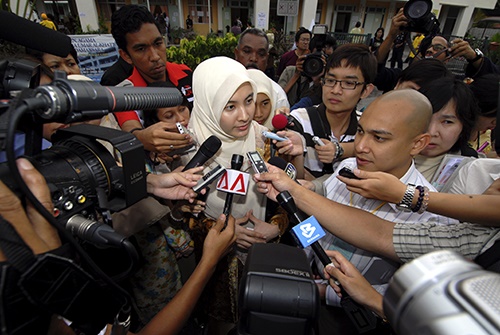
2. Hannah Yeoh (Segambut, DAP): BA in Law (University of Tasmania)
Hannah was elected as Subang Jaya state assembly person for 2 terms since GE12 in 2008… the youngest and first female state Speaker. In the 2018 general election, she was picked by DAP to run for the Segambut parliamentary seat and successfully won it with a 45,702-vote majority. Her politics is driven by a desire to end corruption and racism in Malaysia.
3. Kasthuriraani Patto (Batu Kawan, DAP): BSc in Microbiology (University of Malaya)
Second-term parliamentarian Kasthuriraani is the former political secretary to Lim Kit Siang and publicity secretary of DAP’s women’s wing. She champions human rights, diversity and issues concerning national security.
4. Maria Chin Abdullah (Petaling Jaya, Independent): BSc in Applied Economics, MSc in Urban Planning (University of London)
Activist Maria Chin was the Chairperson of Bersih after Ambiga Sreenevasan, who fought for clean and fair elections. She has long worked on issues related to good governance, electoral reform, trade and women’s human rights. In GE14 she contested as an independent under Pakatan’s banner and won the PJ constituency with 78,984 votes against BN’s Chew Hian Tat.

Thus far we have 3 confirmed women Ministers – Wan Azizah, Zuraida Kamaruddin (Ampang MP) as Minister of Housing and Local Government, and Rina Harun (Titiwangsa MP) as Minister of Rural Development. It was reported that the full list of Cabinet members will be presented to the Agong after Hari Raya. Sources also reported that Teresa Kok and Yeo Bee Yin will masuk, as FT Minister and Energy, Technology and Environment Minister respectively.

In fact, SIS added that if the women are good enough, they will get in through merit anyway and thus why stop at 30%.
You won’t believe which countries have the highest percentage of women in Parliament
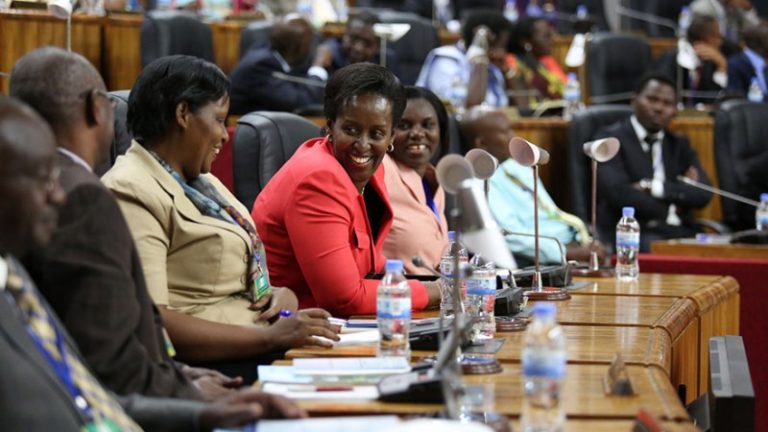
On Thursday, Spain’s new PM, Pedro Sanchez, saw a 17-member cabinet, comprising 11 women and 6 men, take office. In his cabinet, women hold key posts, such as Deputy Prime Minister, Economic Minister and Justice Minister. Elsewhere, Rwanda, Bolivia and Cuba are the top 3 countries with the highest female representation in parliament, in the world.
Although women hold only 23% of all seats in parliament and senates globally, their presence in government have had a positive impact. Women, often have a more prominent role in advocating for children and their rights. In national legislatures, there is a notable trend of women advancing gender and family-friendly policies. This has been seen in countries ranging from France, Sweden, the Netherlands, South Africa, Rwanda, and Egypt.
Furthermore, a number of studies from both industrialised and developed countries indicate that women in local government tend to advance social issues. In India, for instance, greater women’s representation has corresponded with a more equitable distribution of community resources, including more gender-sensitive spending on programs related to health, nutrition, and education.
In fact, it may surprise you that a growing number of women are holding what is conventionally seen as the ‘manliest’ portfolio – defence. This is not exclusive to Western countries btw… India, Pakistan, Bangladesh, Hong Kong, the Philippines, and Japan have had female Defence Ministers.
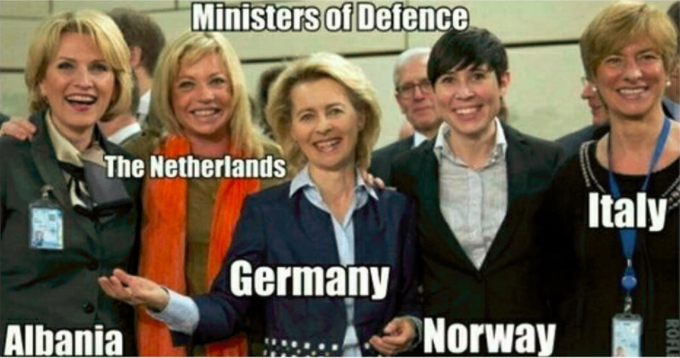
At the end of the day, the issue isn’t about whether should be in Parliament, because they should, even as examples around the world and at home have shown. But whether or not we should force a quota, what do you guys?
*Special thanks to Sisters in Islam for helping us korek info for the article.
- 748Shares
- Facebook720
- Twitter3
- LinkedIn3
- Email2
- WhatsApp20



